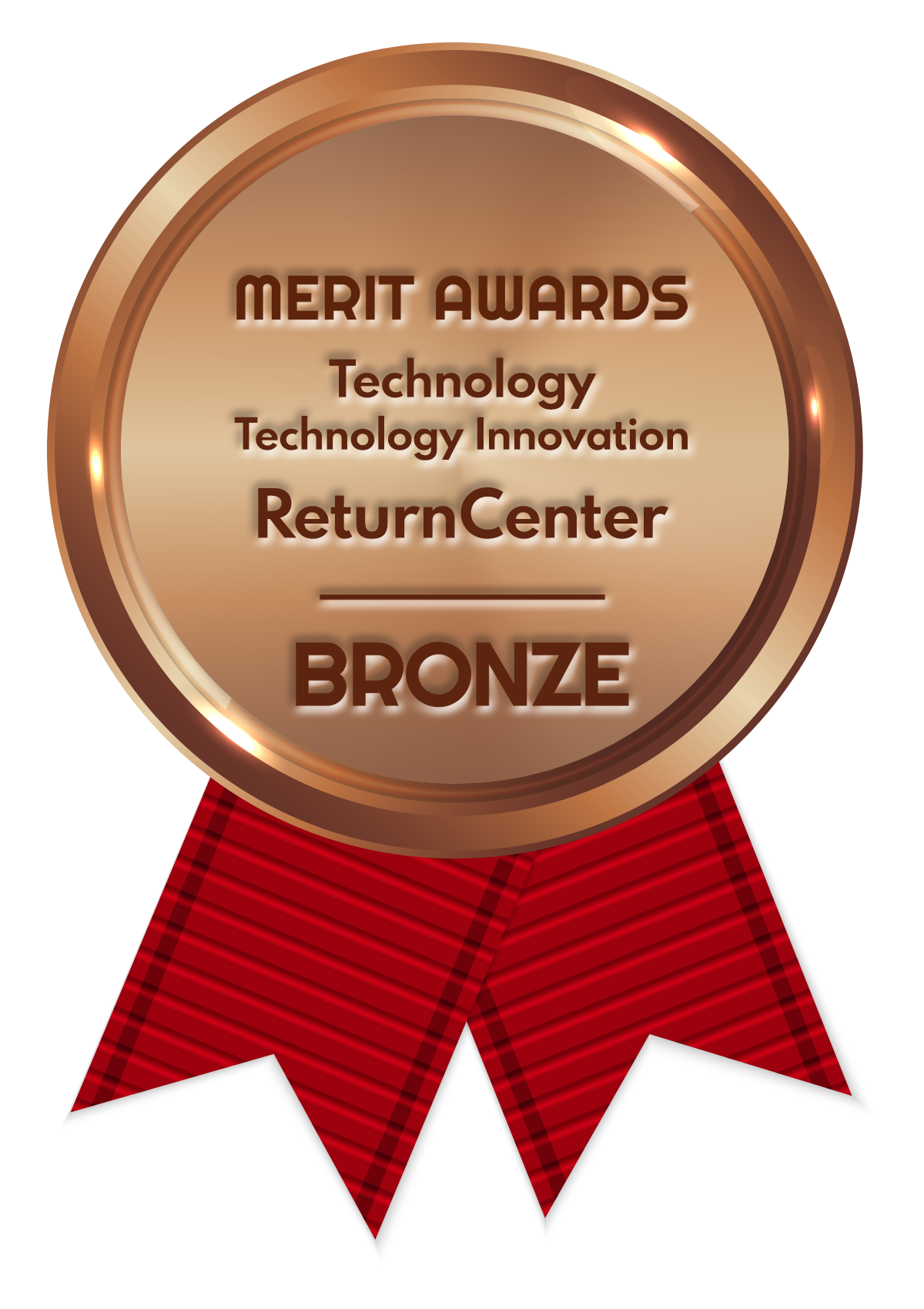Mastering Remote Offboarding: Best Practices for IT Asset Managers
Shawn Stockman, Vice President of Sustainability Solutions, ReturnCenter, May 15, 2024
Remote work is not going away. According to Forbes Advisor, by 2025, 32.6 million Americans (22%) will work remotely (16% of U.S. companies already operate fully remote).
We hear stories every week from our prospects and clients about their challenges recovering IT assets from remote employees. Most of those sad tales relate to offboarding remote employees who fail to return the company-issued equipment.
Some companies even have trouble getting laptops back from hybrid or in-office employees because the departing employee doesn’t fully appreciate that their laptop is actually owned by the company and is not theirs to take home anymore.
In order to establish an effective remote offboarding program for IT asset managers (ITAMs), there are some basic questions to consider:
– What is the company policy that governs which assets to recover and which to let the remote user keep?
– Have all the risks of this policy (if it exists) been thoroughly identified and accounted for?
– Where do the responsibilities of HR end and IT begin?
– Who is ultimately responsible for employee equipment getting back to your company?
– Can you actually map out the workflows involved from end to end?
These questions should be centered around three areas: policy, processes and systems.
First, in order to have an effective company policy for equipment recovery from remote employees, the ITAM has the opportunity to facilitate the process of policy formation by bringing together the stakeholders: HR, finance, IT, security operations, and corporate social responsibility.
You may wonder why anyone from corporate social responsibility may need to have a say in this endeavor. It has to do with managing and measuring risks and trade-offs relative to ESG:
E – Environmental impact of unrecovered assets
S – Community/social impacts
G – Putting policies in place to govern what actions will be taken
To oversimplify, the bottom line is that if your organization purchased equipment and provided it to the employee, your organization is responsible for the impact those assets have, both environmentally and socially. Deciding, for example, not to take back monitors that you provided to remote workers means that you lose control of the ultimate disposition of those assets. And your approach to instructing them on how to dispose of it comes with varying risks:
– If you simply instruct them to take it to a local Goodwill, for example, you have no way to ever know if that happened.
– If you give them a QR code to take it to a parcel carrier at the end of the monitor’s life, where the carrier will package it up and send it to a recycler, at least you can track how many ever came back.
– If you give them the means to return it with their data-bearing device at the time of offboarding, you have the highest chance of recovery and the least risk that the monitor will wind up in a landfill or a bayou.
Some companies find a way to artfully dodge their responsibility and ease the onboarding process, by simply providing the remote worker with the funds to go purchase their own monitor when they start their employment (or begin remote work) so that if the worker purchases one, they are then responsible for its ultimate disposition.
From a policy perspective, this is a question of how much your company is willing to spend to be a good corporate citizen by taking responsibility for its equipment out in the world. The folks who work in corporate social responsibility, who are the ones charged with reporting impact metrics to ESG frameworks (and now to the SEC for public companies), will want to have a say in what steps are being taken to minimize environmental impact and how you can measure that.
Data-bearing assets, of course, bring a whole different set of risks and trade-offs. From a security perspective, any device that may have held company data at one time poses a risk of data exposure. If you are in healthcare, there are HIPAA compliance considerations, and for public companies there are SARBOX compliance concerns. If the device had ever been on a VPN, it remains a potential access point for a hack. And don’t forget the software licenses that may still be on that device that could be reassigned elsewhere.
If you don’t recover data-bearing assets, there are the expected environmental impact concerns, but you should also consider social impact trade-offs (that is the “S” of ESG).
For example, could you have donated assets to targeted community use? Your ESG team may have priorities around community impact that could direct those reusable assets to address digital equity or benefit K-12 education, veterans or the elderly.
Could those assets have been made available to current employees at low cost? That has its own social impact as an employee benefit.
At the end of the day, the policy driving offboarding practices needs to reflect the priorities and risk tolerances of the entire organization. From an ITAM perspective, the policy should be specific about:
– Reasons why the policy exists—objectives to be achieved (or risks to minimize)
– Asset types covered (and specifically NOT covered)
– User stories – under what circumstances or use cases does it come into play?
– Ramifications if policies are not followed—who is ultimately accountable?
The stakeholders involved in policy development are often the same individuals tasked with its execution. After establishing a policy, the next step involves identifying processes, workflows, and responsible parties to ensure successful implementation.
For example, let’s say your asset recovery process involves sending a shipping kit to the remote worker large enough for their laptop, monitor, and all peripherals (good for you!). And the process includes a planned set of reminders once the shipping kit has delivered (perhaps an email the day after box delivery with instructions and positive reinforcement for helping your company meet its responsibilities). If the return tracking number is not activated within a few more days, perhaps send them a text message. If a week goes by, have someone call them. We have found that such reminder programs increase takeback by at least 10 percent (do the math on that!).
The kicker is, none of that is possible unless HR has captured the remote worker’s personal email address and mobile phone number BEFORE departure. The odds of getting it after disengagement are low. Remember, if they did not leave the company voluntarily, they have little incentive to help you. You’ve lost your leverage, which means you need to make it as easy as possible for them to comply.
So the real remote offboarding process starts way before a worker departs. Having the right data that enables the ITAM to maximize the chances of asset recovery is crucial. And where is that data?
The processes that you put in place will rely on systems to execute workflows. And those systems need to work together for you to be successful. For example, we have a client who uses Workday for HR and ServiceNow for hardware asset management, and our ReturnCenter app in ServiceNow to send out shipping kits. Here’s that workflow:
-
-
-
-
-
-
-
-
- HR initiates an offboarding ticket in Workday, which automatically creates a ticket in ServiceNow with all the person’s required information (home address, cell phone and personal email).
- When the ITAM assigns the assets to the person and submits the ServiceNow ticket, that automatically creates a ReturnCenter order.
- The ITAM reviews the combination of assets to return and selects the appropriate shipping kit(s) to send the worker.
- Tracking information, both outbound and return, is updated dynamically in the ReturnCenter app.
- Based on updated tracking information, the reminder service is initiated and automatically turned off when the return tracking number is activated.
This represents several best practices that started with clearly defining:
– Responsibilities and handoffs between departments
– Data needed to be successful, where that data resides, and how it flows through the process
– Triggers for the next activity in the workflow
– Specific workflows in each system
From our 18 years of providing shipping kits and services to the ITAM community, here are a few other key best practices to consider:
Pay attention to the remote user experience
Provide easy-to-use protective packaging so they don’t send you a laptop in a cereal box. We recommend video instructions (perhaps linked from a QR code), which are more likely to be followed than written packing instructions. Emailing a PDF return label assumes they have the ability to print it, which is less of a probability these days, so send a paper return label. If you really want to make it easy for them (and increase your return rate), offer residential pickup services.
Consider internal requirements
Internally, consider the user experience of your staff to execute this program. Are they spending their time manually sending out boxes and labels when you could outsource that and let them do something more valuable with their time? Minimize the places where the data related to this program resides and strive to have a single shared resource to track all activity related to offboarding asset recovery so that reporting on your success is a single-step process.
In summary, to create an efficient, effective program, you must first align interdepartmental teams for policy making; document rules-based processes and map them to workflows in the appropriate systems; simplify and automate as much as possible. Consider what reportable data you need from the get-go and make sure you can capture that data as processes unfold.
Big picture, yes it will cost more to follow all these best practices. However, a robust remote offboarding program backed by a clear policy, and well-defined processes, integrated with highly automated workflows in your organization’s systems will minimize your environmental risks, maximize your social impact, and generate useful data for corporate ESG reporting. All while ensuring the least amount of unaccounted equipment is left out in the world.
Try the ReturnCenter Box Program for FREE



